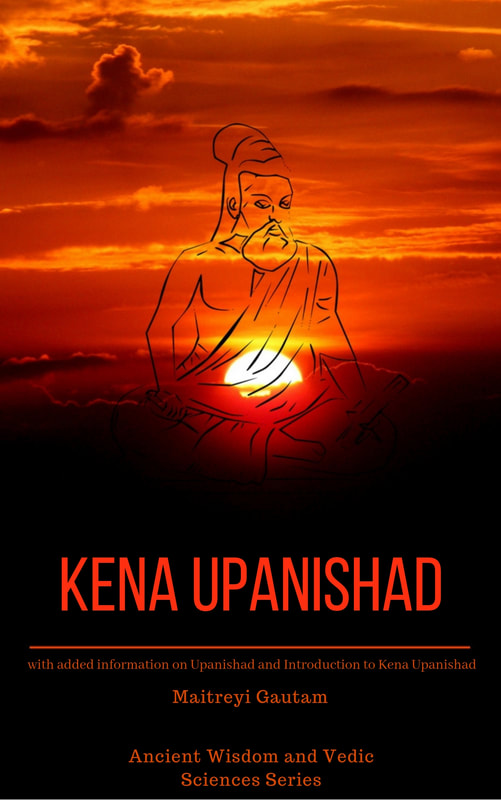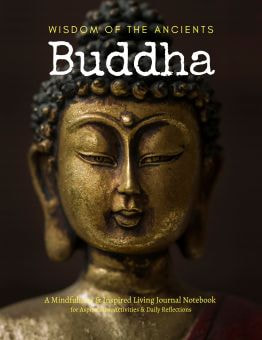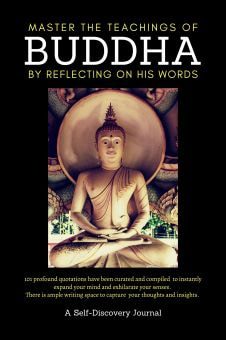Shri Krishna Janmashtami marks the birth of the Lord Krishna, who is the eight incarnation of Lord Vishnu. This day has many religious and cultural significance for Hindus. The main attraction of Janmashtami celebrations is the yoghurt pot sport, in which boys and men form a human pyramid.
Shri Krishna Janmashtami is a multi-day festival commemorating the birth of the Lord Krishna.
Lord Krishna was born in Mathura around 3228 BCE and was the eighth child of Devaki and Vasudeva. According to astrological calculations, Krishna was born at midnight, on the eighth day of the dark fortnight of the Bhadrapada month as per Purnimant calculations or the eighth day of the dark fortnight of the Shravana month as per Amavasyant calculations.
The festival of Krishna Janmashtami or Gokul Ashtami is observed by Hindus all over the world. People wear colorful clothing and decorate their homes and temples in celebration of the birth of the Lord. People also bathe Krishna images in temples and put them in cradles. They chant holy mantras in front of the idol to honor him.
Devotees mark Krishna's birthday by fasting and keeping vigil on the day. During this time, the Krishna image is bathed in milk and water, and devotees worship the statue of the deity. Temples and household shrines are decorated with flowers and leaves, and sweetmeats are offered to Lord Krishna.
Shri Krishna Janmashtami is a multi-day festival commemorating the birth of the Lord Krishna.
Lord Krishna was born in Mathura around 3228 BCE and was the eighth child of Devaki and Vasudeva. According to astrological calculations, Krishna was born at midnight, on the eighth day of the dark fortnight of the Bhadrapada month as per Purnimant calculations or the eighth day of the dark fortnight of the Shravana month as per Amavasyant calculations.
The festival of Krishna Janmashtami or Gokul Ashtami is observed by Hindus all over the world. People wear colorful clothing and decorate their homes and temples in celebration of the birth of the Lord. People also bathe Krishna images in temples and put them in cradles. They chant holy mantras in front of the idol to honor him.
Devotees mark Krishna's birthday by fasting and keeping vigil on the day. During this time, the Krishna image is bathed in milk and water, and devotees worship the statue of the deity. Temples and household shrines are decorated with flowers and leaves, and sweetmeats are offered to Lord Krishna.
Shri Krishna was born in a time of chaos and oppression on earth! It was a time where persecution was rampant, freedoms were often denied, and evil was blatantly evident. This is when a divine prophecy was made indicating the birth of Lord Krishna. It was believed that Lord Krishna would not only end the oppressive rule of the evil King Kansa, his own uncle, but he will also help to establish justice on earth, by bringing back goodness to mankind.
Because of this prophecy, King Kansa had jailed Krishna’s parents- Vasudeva and Devaki. Immediately following his birth, his father Vasudeva thru divine intervention, miraculously escaped the prison for a night, to take Krishna across the Yamuna river, to his foster parents in Gokula, named Nanda and Yashoda who were Vasudeva's brother and sister-in-law.
It needs to be noted that the day before Krishna Janmashtami is celebrated as Balarama Jayanti. This is when the divine serpent Shesha Nag associated with Lord Vishnu took birth as an incarnation of Shri Krishna’s brother Balarama.
Krishna Janmashtami is also called as Gokulashtami. Nandotsava is a festival celebrated the day after the festival Janmashtami. It is believed that all the villagers of Braj visited Nanda's house to see little Krishna and congratulate Yashoda. Nanda distributed ornaments, clothes, cattle and other valuables among saints and sages. All saints and sages bestowed blessings on Lord Krishna in return.
This day of Nandotsava is also celebrated as the Dahi-Haandi (yogurt pot) sporting event. In some areas of South India, this pot sport event is known as Utlotsavam.
Shri Krishna Janmashtami signifies the intervention of the cosmic divine power to restore balance on earth. It reminds us that even though evil may abound, and we may feel oppressed with no apparent way out, there is hope and divine help on the way. We merely need to reach out to Lord Krishna to receive those blessings.
Lord Krishna’s life was a great example of living one’s life with purpose, but at the same time not getting attached to the people, situations, or the outcomes! Shri Krishna’s teachings thru The Bhagavad Gita (The Divine Song) help us to not only lead a successful life but also live in sync with our cosmic life-path.
Because of this prophecy, King Kansa had jailed Krishna’s parents- Vasudeva and Devaki. Immediately following his birth, his father Vasudeva thru divine intervention, miraculously escaped the prison for a night, to take Krishna across the Yamuna river, to his foster parents in Gokula, named Nanda and Yashoda who were Vasudeva's brother and sister-in-law.
It needs to be noted that the day before Krishna Janmashtami is celebrated as Balarama Jayanti. This is when the divine serpent Shesha Nag associated with Lord Vishnu took birth as an incarnation of Shri Krishna’s brother Balarama.
Krishna Janmashtami is also called as Gokulashtami. Nandotsava is a festival celebrated the day after the festival Janmashtami. It is believed that all the villagers of Braj visited Nanda's house to see little Krishna and congratulate Yashoda. Nanda distributed ornaments, clothes, cattle and other valuables among saints and sages. All saints and sages bestowed blessings on Lord Krishna in return.
This day of Nandotsava is also celebrated as the Dahi-Haandi (yogurt pot) sporting event. In some areas of South India, this pot sport event is known as Utlotsavam.
Shri Krishna Janmashtami signifies the intervention of the cosmic divine power to restore balance on earth. It reminds us that even though evil may abound, and we may feel oppressed with no apparent way out, there is hope and divine help on the way. We merely need to reach out to Lord Krishna to receive those blessings.
Lord Krishna’s life was a great example of living one’s life with purpose, but at the same time not getting attached to the people, situations, or the outcomes! Shri Krishna’s teachings thru The Bhagavad Gita (The Divine Song) help us to not only lead a successful life but also live in sync with our cosmic life-path.
| |
























